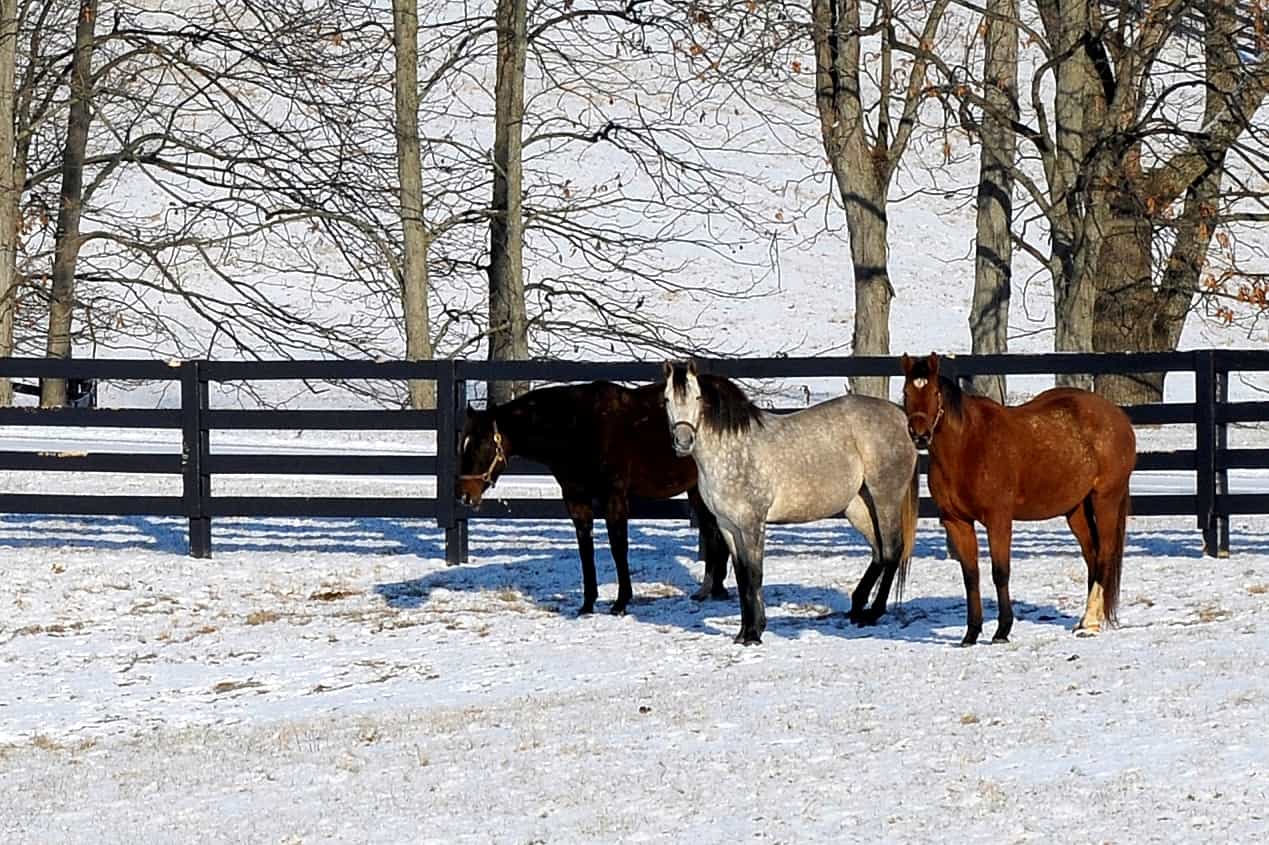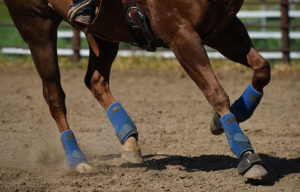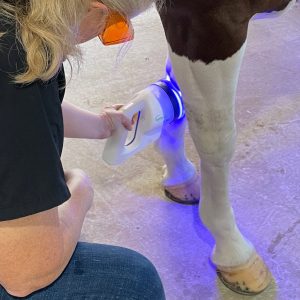How Season Impacts Horses’ Insulin Secretion, Metabolism

Horses, regardless of sex or pregnancy status, release more insulin in response to glucose in winter compared to summer. And pregnant mares become more insulin resistant from about eight months’ gestation onward—often right at the height of winter. In mares that are already at metabolic risk for laminitis, this can create significant management challenges, said Christine Aurich, DVM, PhD, head of the Graf Lehndorff Institute in Neustadt, Germany.
“Insulin resistance during pregnancy is normal and helps to direct nutrients toward the fetus,” Aurich said. “Via the endocrine mechanism of partial insulin resistance in pregnant mares, usually enough energy is provided for fetal growth. But in winter, the insulin release to glucose increases, directing more glucose to the mother and her insulin-sensitive tissues (in particular, the laminae).”
Essentially, during the last two-thirds of gestation, most of the cells in pregnant mares’ bodies respond less to insulin when they consume sugars than they normally would, making them temporarily insulin-resistant, she said. While that would cause metabolic issues in a nonpregnant horse, it’s normal—and useful—in pregnancy because the incoming nutrients and related hormones just “skip over” the mare and go directly to her growing fetus, Aurich said
Create a free account with TheHorse.com to view this content.
TheHorse.com is home to thousands of free articles about horse health care. In order to access some of our exclusive free content, you must be signed into TheHorse.com.
Start your free account today!
Already have an account?
and continue reading.

Written by:
Christa Lesté-Lasserre, MA
Related Articles
Stay on top of the most recent Horse Health news with












